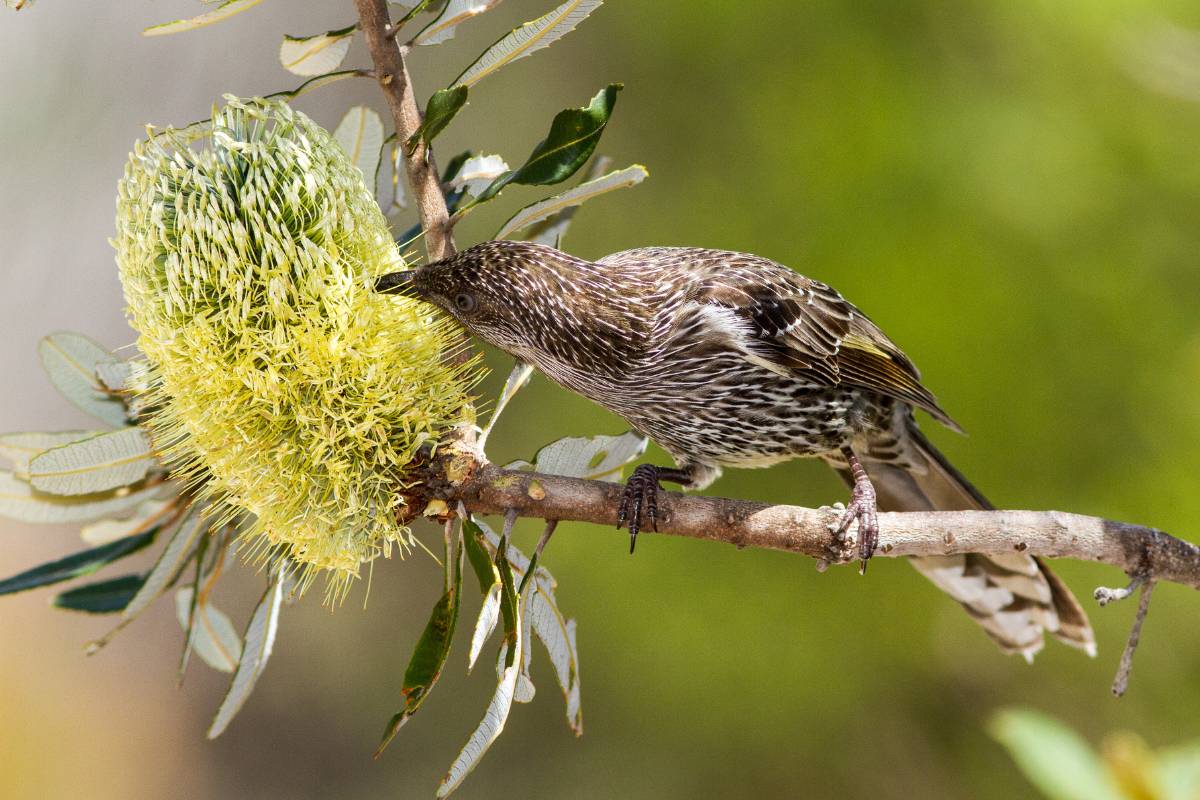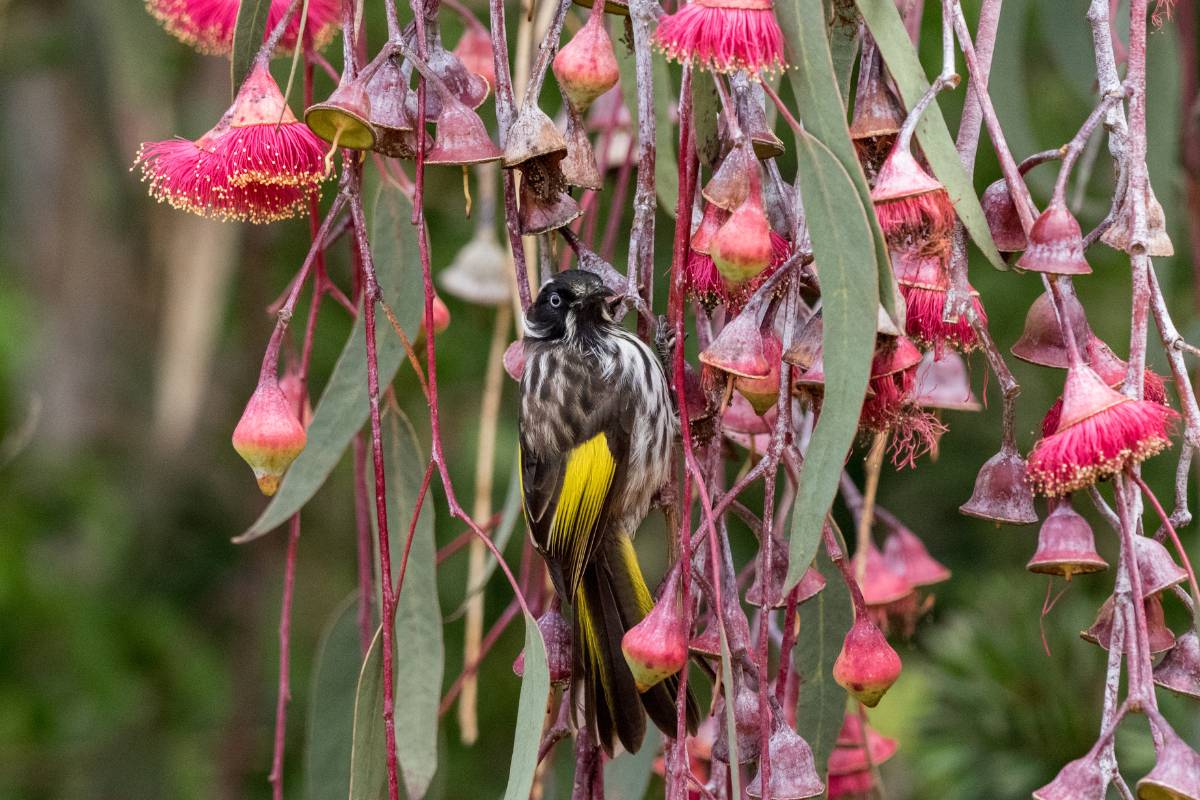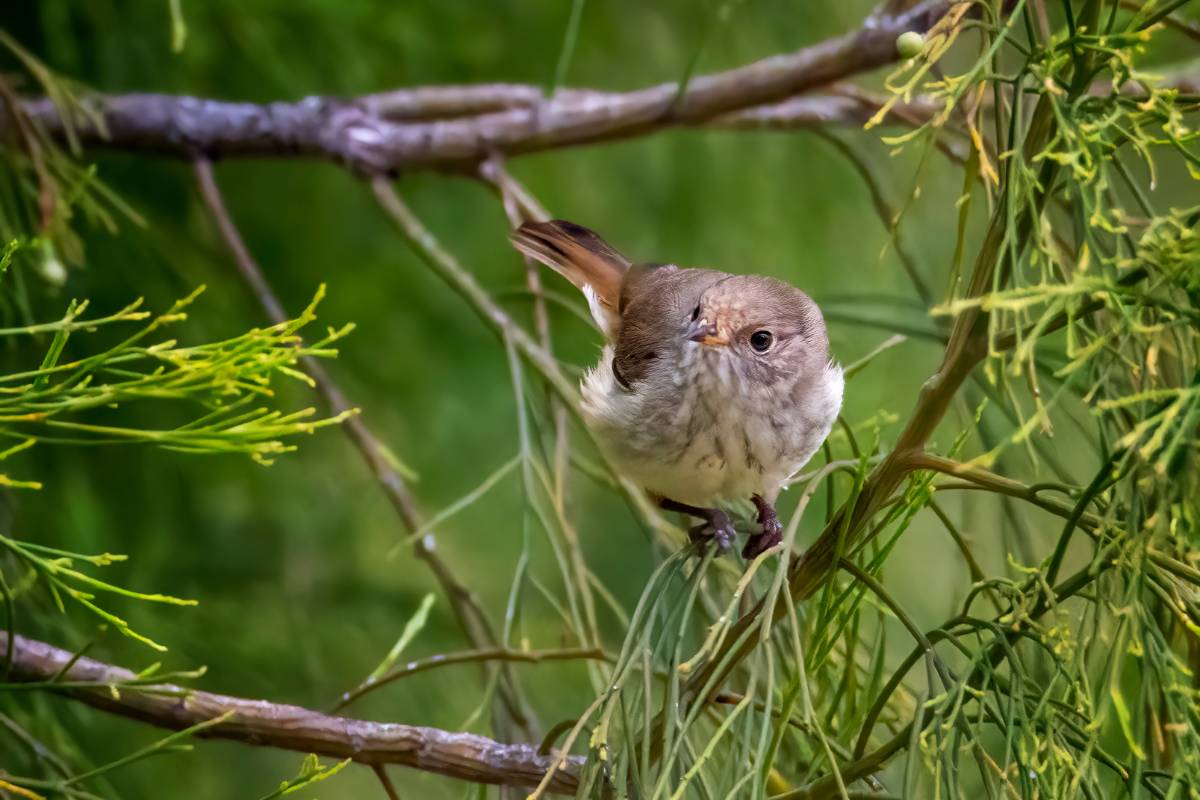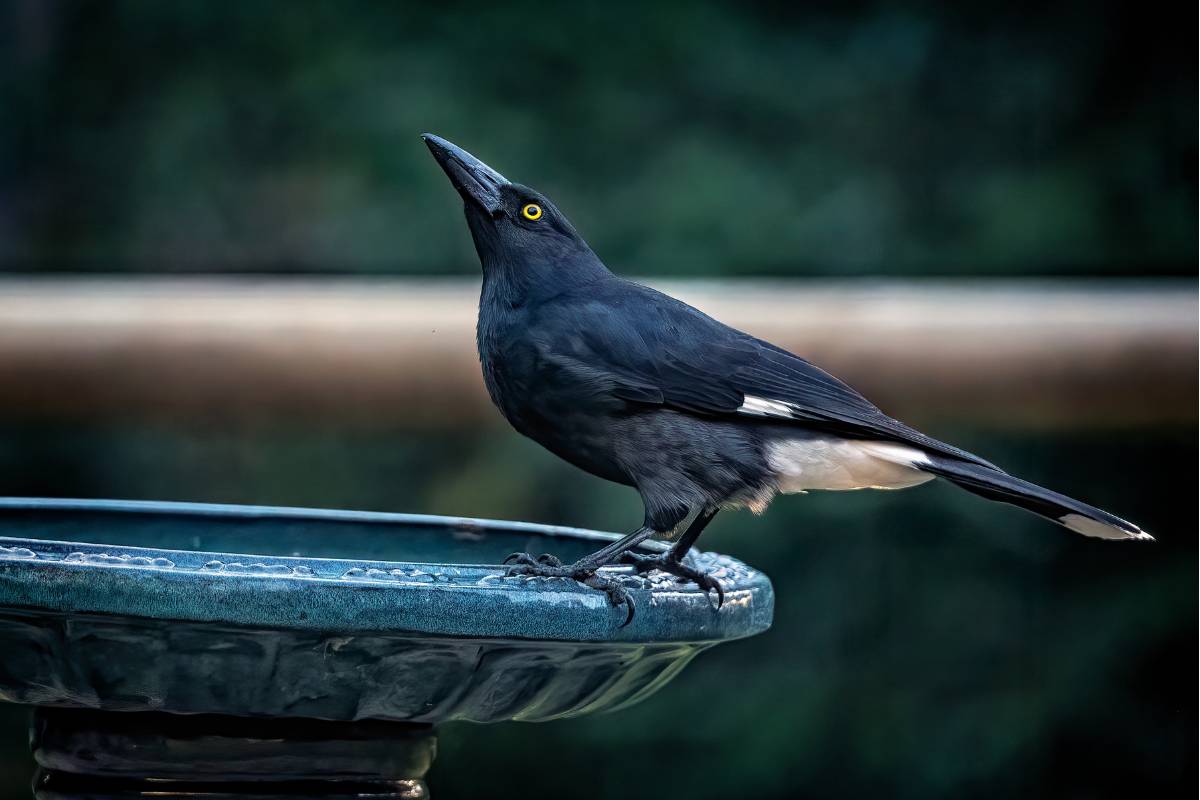Imagine stepping into your backyard and being serenaded by the melodious twitter of native birds. Such a scene can be a reality, and it's not just for the birds' benefit; it's for yours too.
Creating a bird-friendly garden can bring beauty and interest to your garden, and it’s not that difficult to get started. Let’s explore some simple steps to make your garden a haven for birds.
Why Make a Bird-Friendly Garden?
Birds are an essential part of a well-functioning ecosystem. They pollinate plants, control populations of insects and add nutrients to the soil through droppings. But an increasing number of bird species are under pressure due to habitat loss. Suburban gardens act as ‘stepping stones’ between nearby parks and areas of bush, extending birds' habitat. Even if birds don’t nest there, they can find refuge and perhaps get a feed or drink as they pass through.
Watching birds interact with each other and their surroundings can be captivating. Their playful antics are entertaining to watch, and listening to birds twitter and chat is like having a natural symphony right outside your window.
The Three Essentials
Creating a garden that attracts birds revolves around three main components: food, shelter and water. Many people assume they need a vast expanse of land to create a bird-friendly garden. But even small gardens and courtyards will attract birds if these three essentials are included in the garden’s design.
1. Food
Nectar-rich native plants and those that attract insects or produce fruit and seeds will all be attractive to birds. Different types of birds have different dietary preferences and ways of feeding:
- Honeyeaters use their tongues to dip into flowers to access nectar. The flowers of grevilleas, kangaroo paw, eucalyptus and waratah are particular favourites. They supplement energy rich nectar with protein from insects.
- Parrots have strong hooked beaks and feed on flowers, seeds and grubs. Eucalyptus, banksia, lilies and grasses are excellent choices to attract them.
- Carnivorous birds like kookaburras, butcher birds and currawongs feed on insects, worms, lizards and frogs. While you can’t plant any of these in your garden, you can encourage them by leaving leaf litter on the ground, avoiding spraying chemicals and providing water at ground level.
Endemic plants – natives traditionally found in your local area – are ideal to plant. But a mix of native and exotic flowers will be attractive to birds while not limiting your choices or style of garden.
Avoid planting fruit or berry-producing plants that may become invasive, as birds can consume the fruit and spread seeds to bushland. Feeding birds with seeds or other food is also not recommended. Birds can become overly dependent on this source of food, altering their behaviour.
2. Shelter
Shelter is essential for birds, especially smaller species that need protection from larger ‘bullying’ birds and predators. Planting dense, prickly shrubs like mountain currant and gold dust wattle can create refuges for small birds. Consider planting several layers of vegetation (grasses, small and medium shrubs and trees) to cater to both large and small birds.
Tree hollows are vital for species like parrots, owls and other birds, but they are typically found in older trees. If you lack mature trees, nest boxes can serve as substitutes. Ensure that the size and shape of the box matches the species common in your area and that they’re installed at a height that makes them safe from cats.
3. Water
A reliable source of clean water is a big drawcard for birds. Set up at least one bird bath on a pedestal near to prickly shrubs where birds can seek refuge if they feel threatened. Ensure it's away from areas where cats may lurk and near to a high structure to allow birds to keep a lookout for potential predators. Birds learn where water sources are and come to depend on them, so keep the bath clean and top it up regularly maintain a continuous supply.
A shallow bowl is preferable to a deeper one, as it allows birds to both wash and preen themselves and drink comfortably.
Other Considerations
To create a truly bird-friendly garden:
- Go chemical-free: encourage insects and avoid chemicals that can make their way up the food chain to birds.
- Keep cats indoors: cats are a significant threat to birds, especially at night. Keeping your feline friends indoors can protect both the birds and your pets.
- Protect productive plants: protect fruit trees and veggie gardens with wildlife-friendly netting or fruit protection bags and check it regularly to ensure it’s installed correctly.
By planting appropriate native plants and providing water while adopting bird-friendly practices, you can create a thriving ecosystem that benefits both you and the avian inhabitants of your garden.









